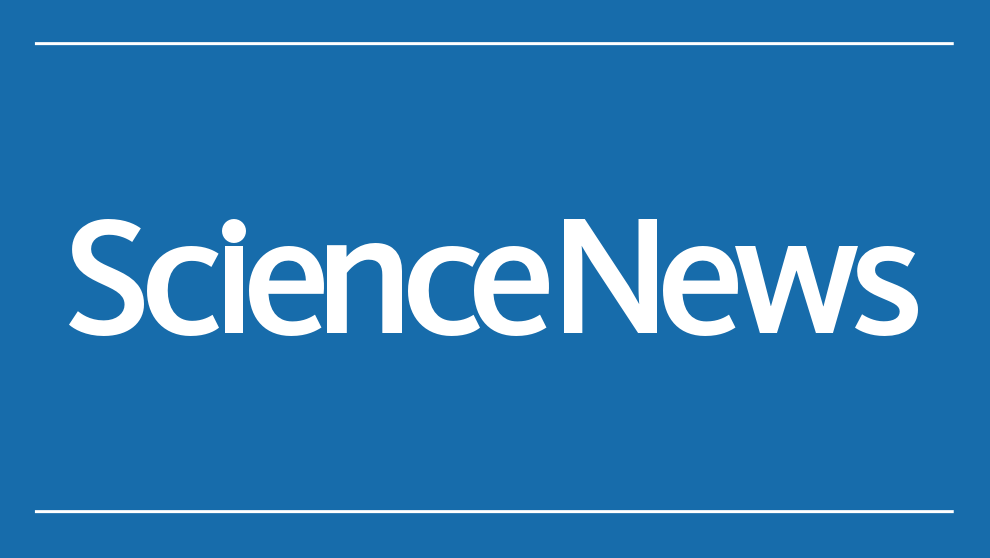
Coronavirus News Roundup, July 11-july 17
Jesper Nygård and Thomas Sand Jespersen from the University of Copenhagen and their co-staff have created a crystal growth platform for in situ growth of semiconductor/superconductor hybrids. The technique eliminates the necessity for etching, enabling full freedom within the alternative of hybrid constituents. There is art in science and science in art — here we’ve put together some of the most inspiring science images published in our journals this month.
Computational methods allow researchers to delve deeper into molecular processes, past what can easily be achieved with present experimental methods. A pair of micro-scale pliers was made from a liquid crystalline elastomer and fiber optic wire, which can reversibly change form in response to seen mild. RNA-related processes which might be key to the biology of the cell are in danger during coronavirus infections.
Newer Variant Of Covid-19-causing Virus Dominates Global Infections
A recent research finds that as much as 31{c2a201166b47cab960dfed11c94bea9dd7ab5be12aca7e2c8909c74f39e3f8a1} of plastic exported for recycling is not recycled in any respect. Understanding the mechanisms that regulate coordinated progress within the physique and the outstanding parallels between species permits scientists to create a universal mannequin for morphological scaling.
Jonathan Hopkins of the University of California, Los Angeles and colleagues report a scalable approach to assembling 3D arrays of microgranular crystals utilizing holographic optical tweezers. Vascular networks are central components of organ‐on‐a‐chip systems.
Why Scientists Are Eavesdropping On A Rainforest In Indonesia
The planks in this “woodpile” design are a mere 30 nanometers apart from one another. Frederik Mayer and Martin Wegener of Karlsruhe Institute of Technology, and their co-workers built this tiny object using a brand new materials for 3D printing. Xiaohu Gao from the University of Washington and colleagues combine two powerful applied sciences; quantum dots and a technique for amplifying the fluorescence given off by imaging molecules, referred to as sign amplification by exchange response (SABER).